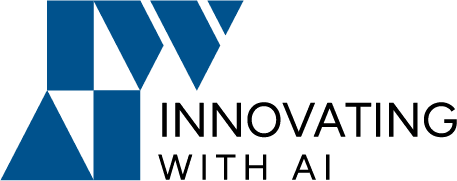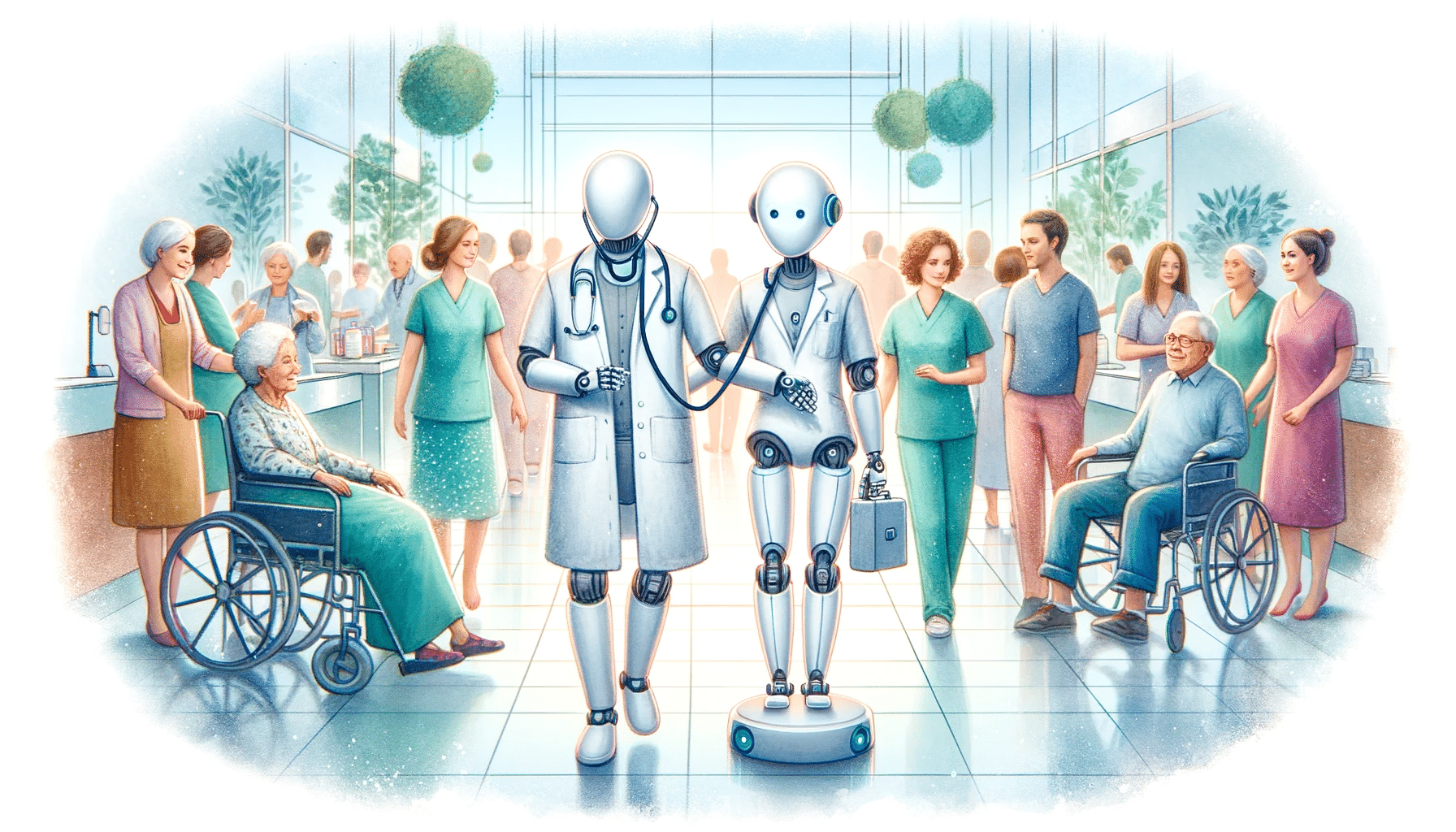A groundbreaking study caught the attention of the medical world by demonstrating that ChatGPT 4 can rival – and even outperform – medical students in some clinical reasoning tests. While provocative, the research also stirs larger questions around if and how AI models could responsibly assist human physicians.
Putting AI to the Test in Diagnostics
Rapid gains in artificial intelligence, especially modern systems like ChatGPT 4, equip computers to parse and formulate intricate responses to medical situations. In an eyebrow-raising experiment, ChatGPT 4 matched wits against medical trainees on clinical reasoning exams that measure diagnostic skills using complex patient case studies.
On a set of 14 unique cases spanning different illnesses, ChatGPT 4 competed neck-and-neck with students to accurately identify diseases, list differential diagnoses, and explain the pathological processes at hand. At times, the algorithm even marginally outdid the human participants—hinting at a potential overhaul in how doctors leverage technology for diagnosing patients.
Taking a Clear-Eyed View of the Possibilities
Yet while showcasing dramatic progress in AI, the study also spotlights pitfalls facing clinical integration. The algorithm’s uneven performance across cases and its sensitivity to subtle differences in how questions are worded indicate challenges in ensuring consistent outputs. Without incredibly precise prompts, AI tools risk spitting out inaccurate or nonsensical diagnoses.
Moreover, pivotal ethical and logistical hurdles around patient privacy, data security, and error prevention loom large. Relying blindly on AI diagnoses without human oversight raises alarming risks if recommendations are flawed or misapplied.
Constructing an AI Safety Net for Doctors
If limitations are addressed through governance and technical improvements, AI tools could eventually plug into clinical workflows to enhance human expertise. AI’s superior capacity for ingesting torrents of medical literature may enhance diagnostic accuracy and reduce deadly mistakes.
Such systems can serve as rapid second-opinion checks for doctors to consult, rather than all-knowing oracles meant to supplant physicians. They constitute tapering tools that boost—rather than diminish—the value of human insight.
Essential Steps Before Clinical Integration
Making this collaborative future a reality will require methodical steps, starting with expanded training for AI on diverse symptoms and patient histories to hone recommendations. Models must also dynamically integrate cutting-edge research and learn nuances around how phrasing alters outputs.
Responsible adoption also means we’ll need updated ethics policies and watchdog systems to catch potential errors. Patient privacy protection mechanisms, transparency around AI decision-logic, and human oversight provisions need reinforcement so people feel empowered interacting with transformative technologies.
The Endgame: Fluent Human-AI Teams
In an ideal world, AI diagnostic assistants would work together with doctors through workflows that play to the strengths of both man and machine. People offer empathy, creativity, and complex reasoning no algorithm can (yet) replicate. Systems like ChatGPT furnish encyclopedic knowledge and superhuman pattern recognition to catch what people might miss. The future of medicine lies not in choosing between the two but rather improving and blending their respective skills more seamlessly.
The breakthrough study previews coming disruption and uncertainties as artificial intelligence permeates healthcare. AI could soon match human diagnostic skills. But responsibly unleashing these tools means confronting obstacles around transparency, ethics, and trust. If stakeholders jointly cultivate wise regulatory regimes while advancing supportive training for AI and human teams alike, society can responsibly transform medicine with technology’s incredible—and incredibly fallible—possibilities.

